Behind the glitz, showrooms like Ontimeshow and XC Show are quietly reshaping Shanghai Fashion Week into a deal-making platform with global ambitions.
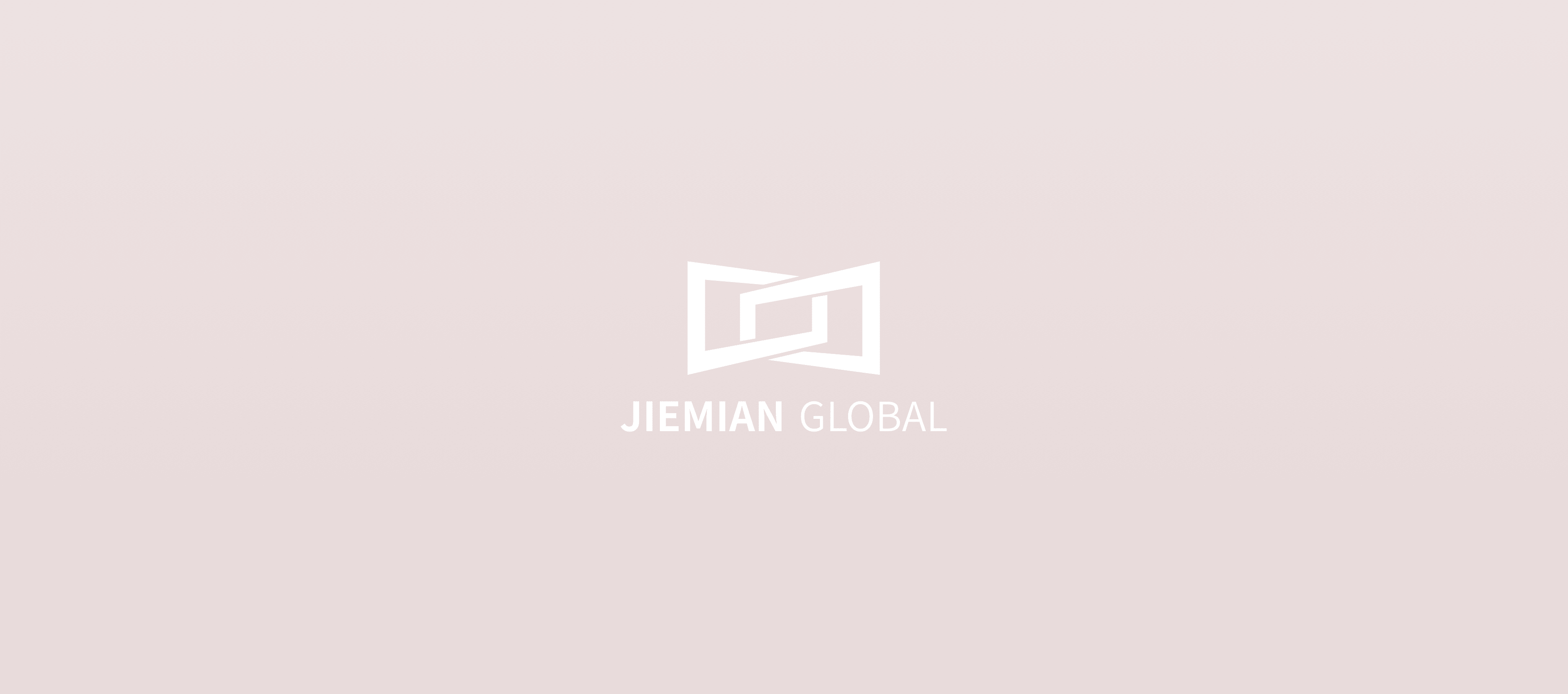
by Zhou Fangying
A cluster of African fashion brands stood out at this season’s MODE, the official trade show of Shanghai Fashion Week, with vivid prints and intricate weaves showcasing their bold design identities.
While runway shows often draw more social media attention, industry insiders know the real business happens in trade shows and showrooms—where designers meet buyers and strike commercial deals. MODE has become a key venue for this.
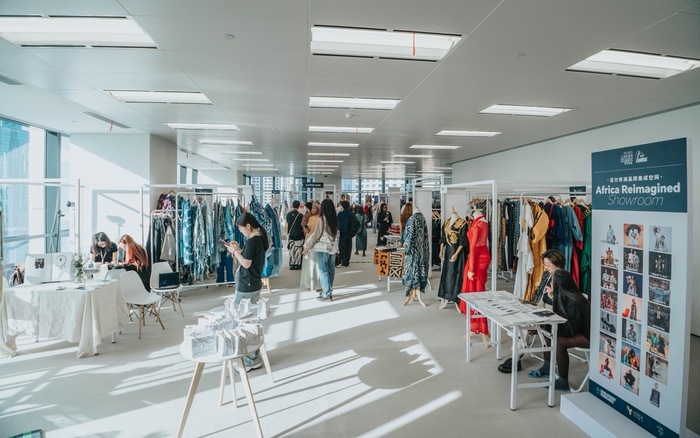
This season, Beijing-based consultancy Development Reimagined brought 22 brands from 12 African countries to MODE. Many designers attended in person, engaging directly with buyers and visitors.
Founder and CEO Hannah Wanjie Ryder, a former UN official from Kenya, launched the company in 2019 to help African brands enter China. Unlike traditional distributors, her firm focuses solely on one-way trade—bringing African products into China.
She told Jiemian News her interest in China was shaped by its success in poverty alleviation and influence in Africa. Since its first appearance at the China-Africa Economic and Trade Expo, the company has helped 36 African firms connect with Chinese buyers across food, retail and beauty.
Bringing African fashion to Shanghai, she said, was both a cultural showcase and a way to reframe African design as a value-added global industry. After scouting the event last October, she questioned whether African brands could compete in such a crowded market—but believes only direct exposure can offer answers.
Contrary to common perceptions, many African labels already have international traction. Johannesburg-based designer Rich Mnisi founded his namesake brand in 2015 and has collaborated with Adidas on Arsenal football kits. His pieces, ranging from 1,000 to over 10,000 yuan, have been worn by Naomi Campbell and Beyoncé.
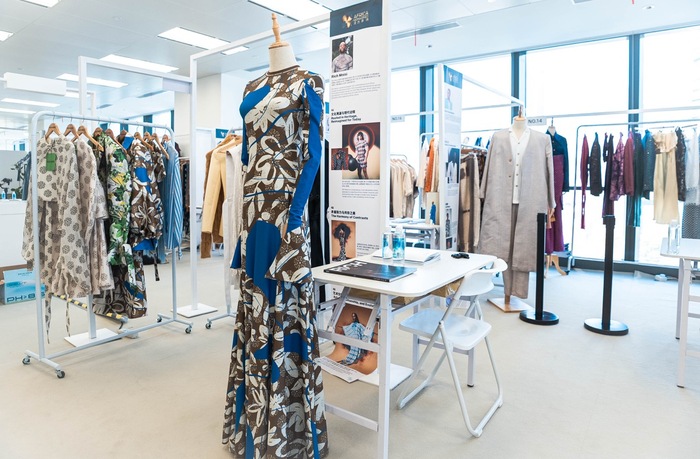
Operating entirely online, Mnisi uses a made-to-order model and Instagram to build community. With 216,000 followers, he has partnered with brands like H&M, Oppo, Coca-Cola and Smiley.
He told Jiemian News that Shanghai Fashion Week felt more open and inclusive than Paris or New York. Buyer engagement was deeper, and the event helped him better understand Chinese market preferences. He plans to explore local e-commerce platforms.
French designer Edward Achour shared a similar view. His brand, EDWARD ACHOUR PARIS, already sells through Chinese retailers such as SKP and Galeries Lafayette, with China contributing a quarter of seasonal revenue—about 7 million yuan per collection.
Achour told Jiemian News that Shanghai’s fashion week focuses more on end consumers than those in Paris or Milan. He prefers Ontimeshow for its balance between accessibility and curation. Some customers even showed up in his designs—an interaction he rarely sees in Europe.
After initially exhibiting through agents, Achour began attending in person post-pandemic to better engage with buyers and explore retail expansion. Showrooms let him gather feedback from both retail partners and developers.
While fashion capitals like Paris and Milan still dominate the global calendar, Ryder sees untapped potential in China—driven by a massive consumer base and rising demand for quality and uniqueness.
After Fashion Week, Development Reimagined will take the designers to Hangzhou to study China’s clustered, scalable supply chains. The visit, supported by the Hangzhou municipal government, aims to help the brands build production efficiency and competitiveness.
The initiative is backed by the African Export-Import Bank (Afreximbank), which supports the continent’s creative industries with funding and market access.
Though these brands are not yet in China’s retail ecosystem, most already sell internationally via Instagram or their own websites. Development Reimagined plans to launch a platform called “Africa Reimagined” this year, offering African brands a unified e-commerce presence in China.
All this comes as China’s fashion industry is still recalibrating after the pandemic. Foot traffic at this season’s Shanghai Fashion Week rebounded, but caution persists. Buyers are reluctant to place large pre-orders, while brands worry about defaults—making deals more tentative.
In response, showrooms like Ontimeshow are expanding beyond traditional formats. This season, it introduced dedicated zones for Southeast Asian and Nordic brands, including Thailand, Vietnam, Korea and Japan. Furniture brands like GUBI, Muuto and Fritz Hansen also joined, with support from regional trade authorities.
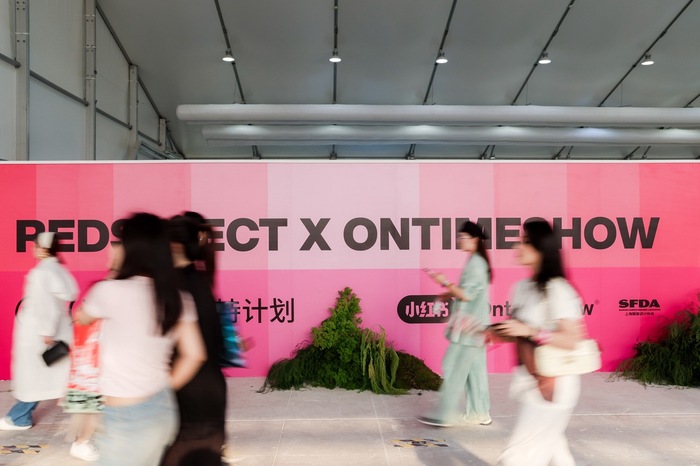
Ontimeshow also partnered with RedNote to launch the “REDSELECT X ONTIMESHOW” program, blending offline displays with livestreams and influencer-led promotions to help brands convert interest into sales.
Meanwhile, XC Show, another Shanghai Fashion Week partner, focused on the crossover between fashion and lifestyle. Co-organized by notSHOWROOM and curatorial platform MANIFESTO, the event included a collaboration with IKEA called “Genius for Home,” where five designers reimagined classic IKEA items.
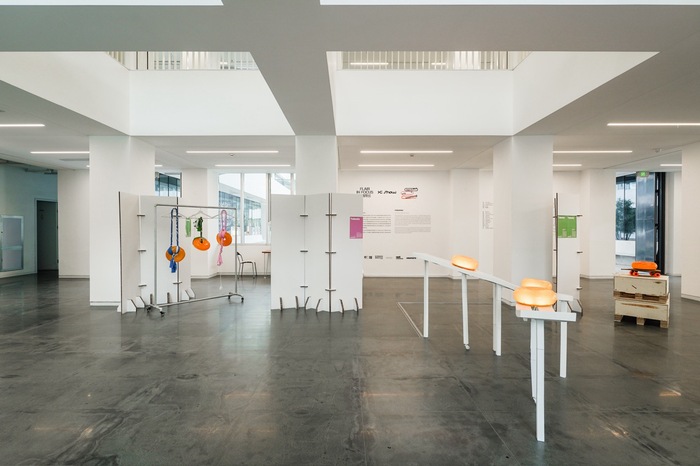
To lower exhibitor barriers, MANIFESTO waived booth fees and covered logistics for select international brands, attracting names like Cassina, Zanotta and Technogym. Still, limitations remain—some brands didn’t attend in person, and furniture’s sales cycle made the focus more on long-term relationships than immediate orders.
MANIFESTO’s founder Guo Jiacheng said the aim was to create a launchpad for designers, not just a sales opportunity—while giving emerging Chinese creatives more chances to be seen and connect with collaborators.
As Shanghai Fashion Week adapts to a shifting industry landscape, its transformation into a multidimensional platform—blending fashion, design, and global collaboration—may well define its next chapter.